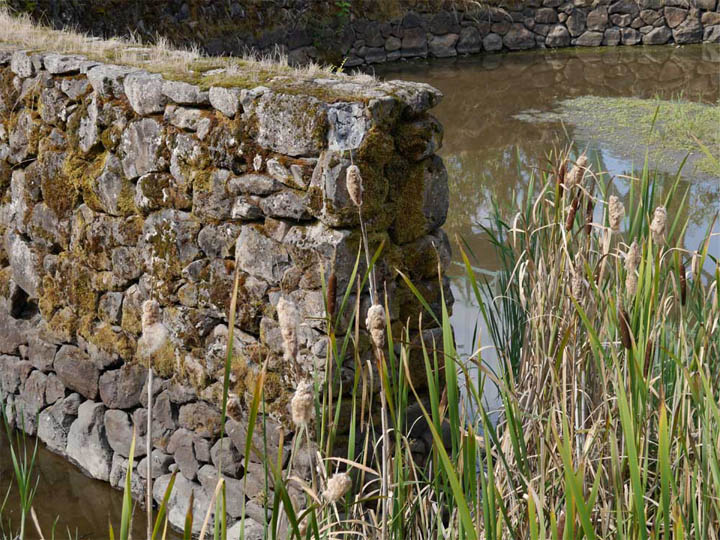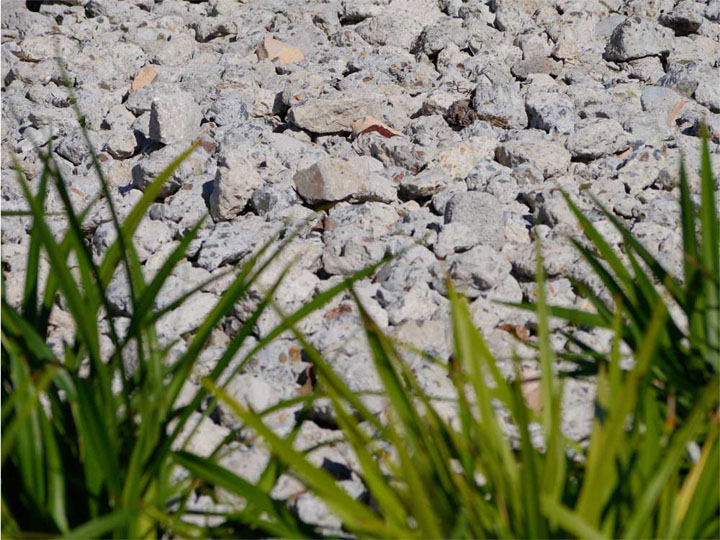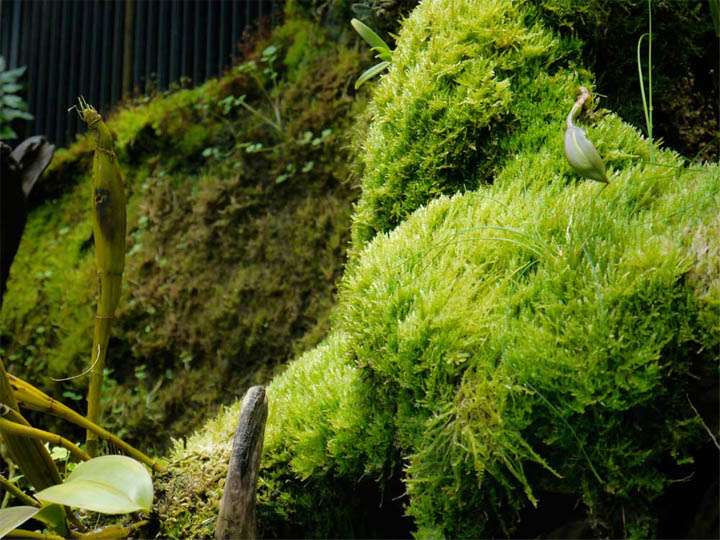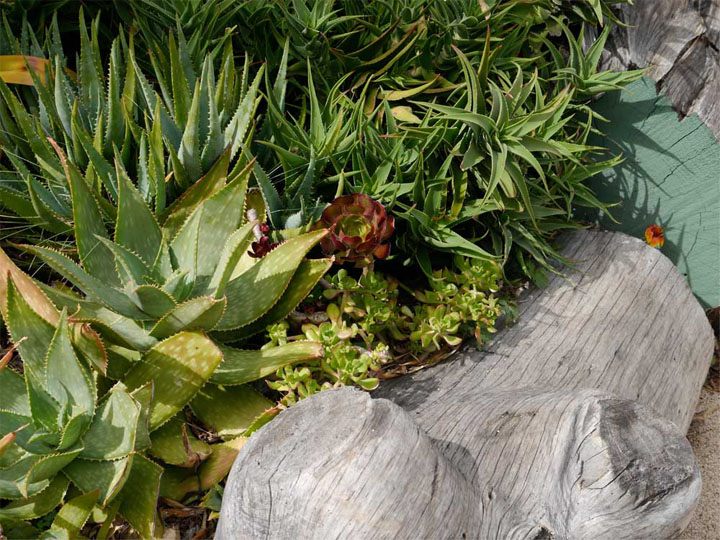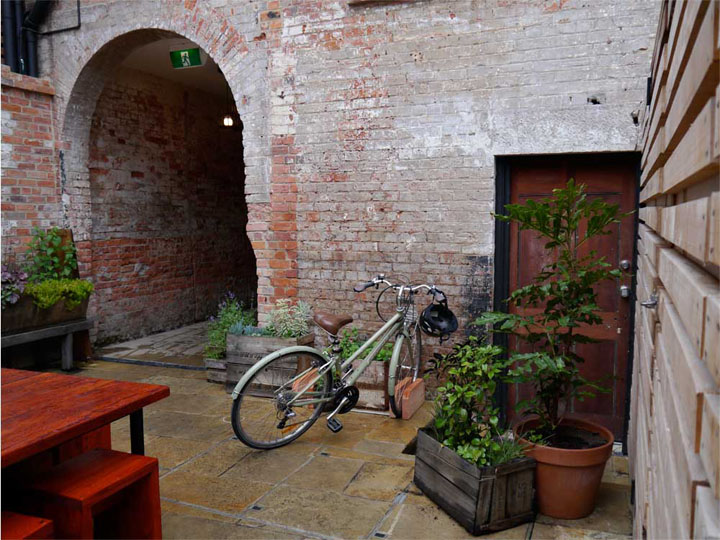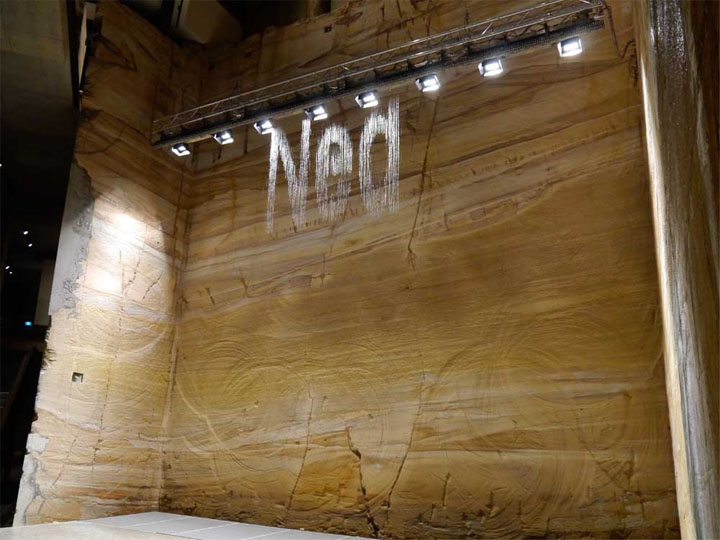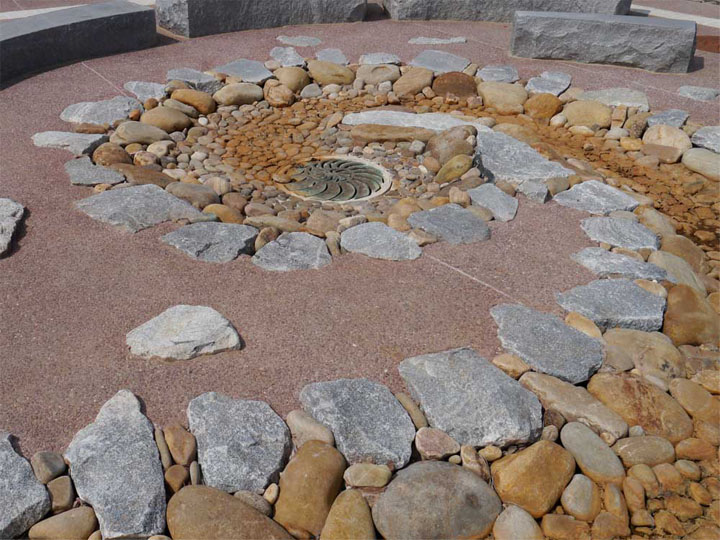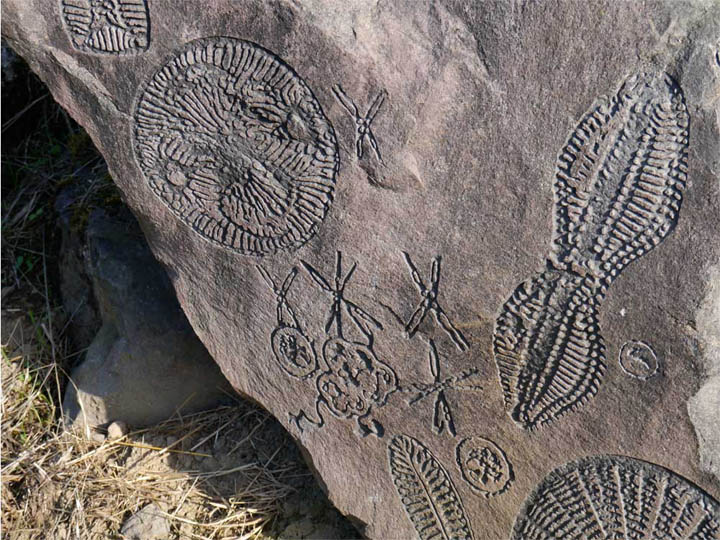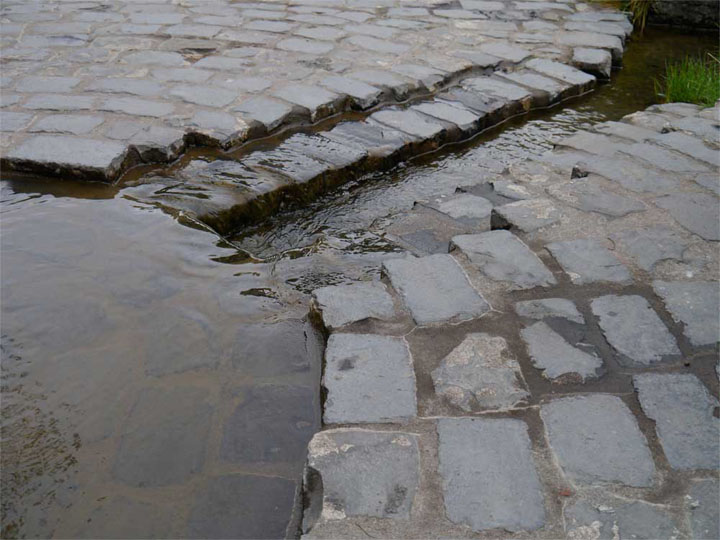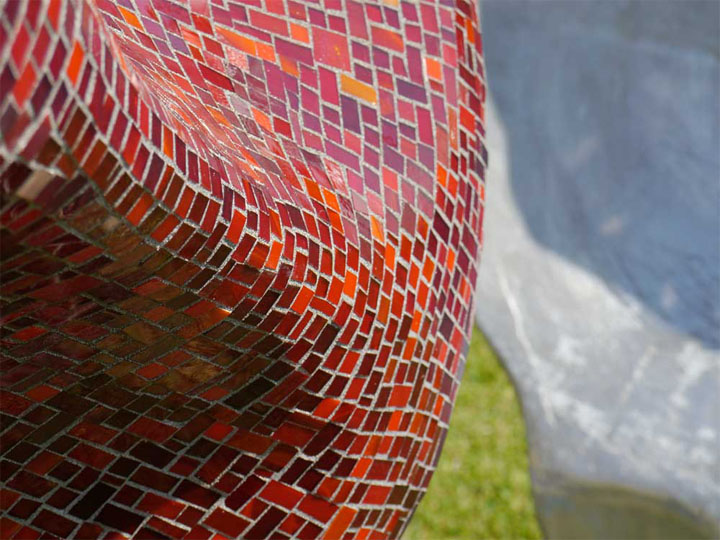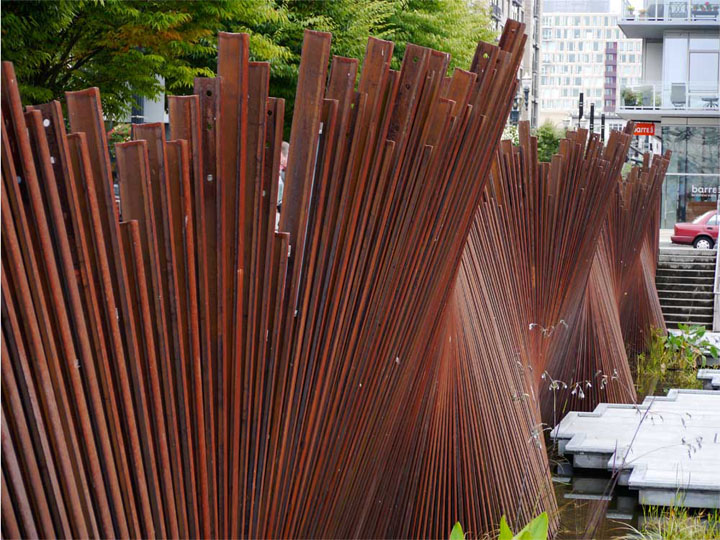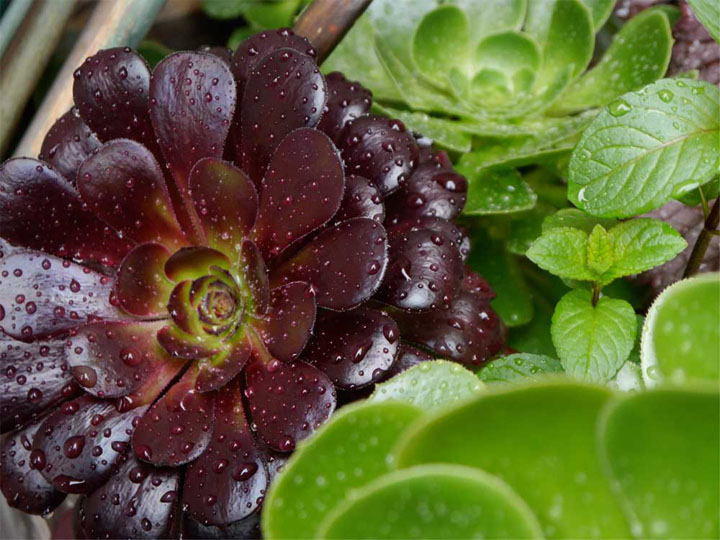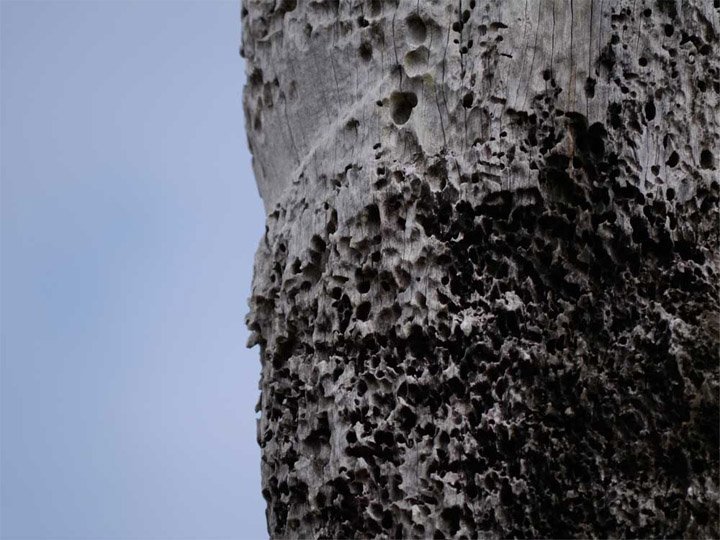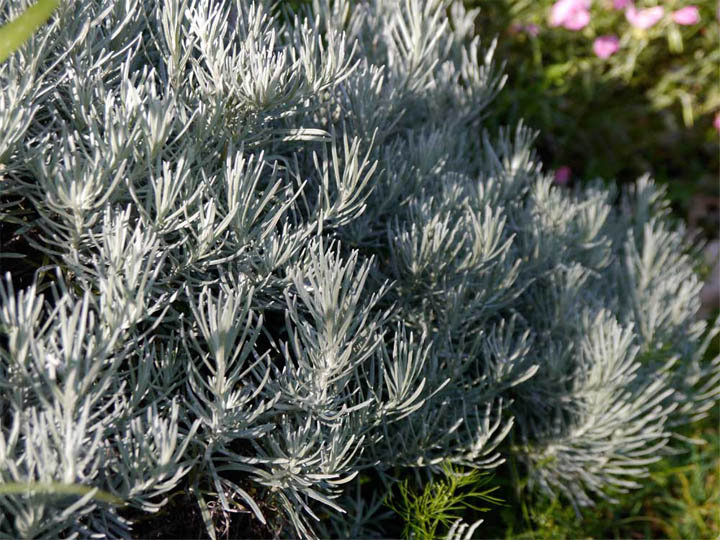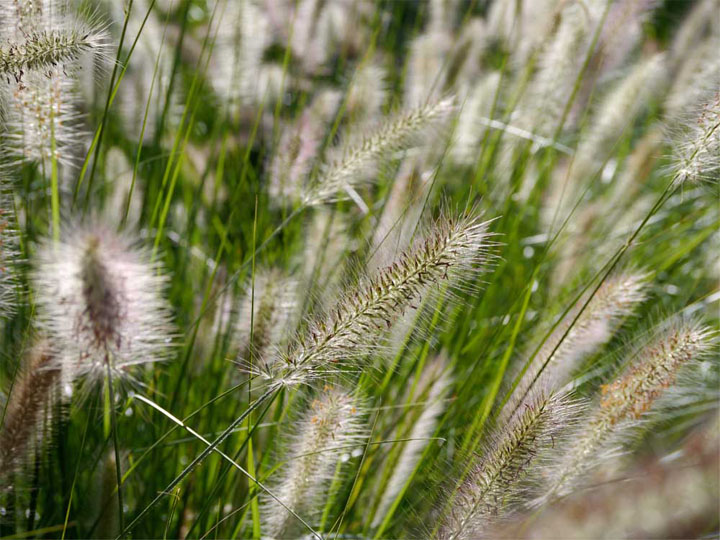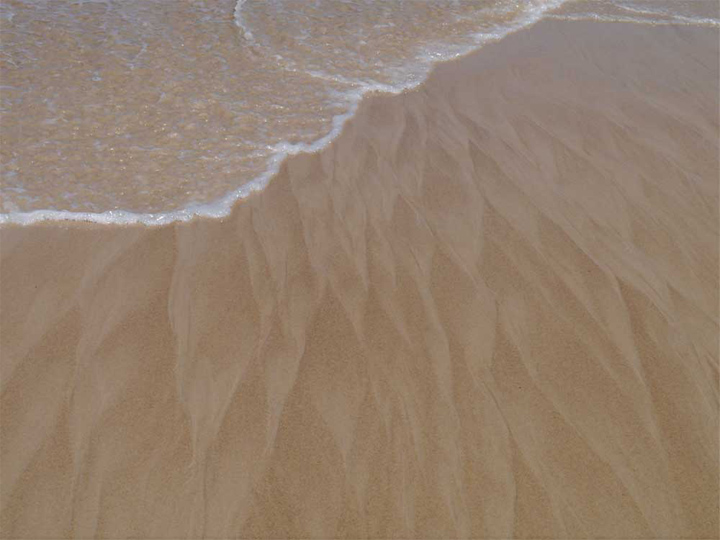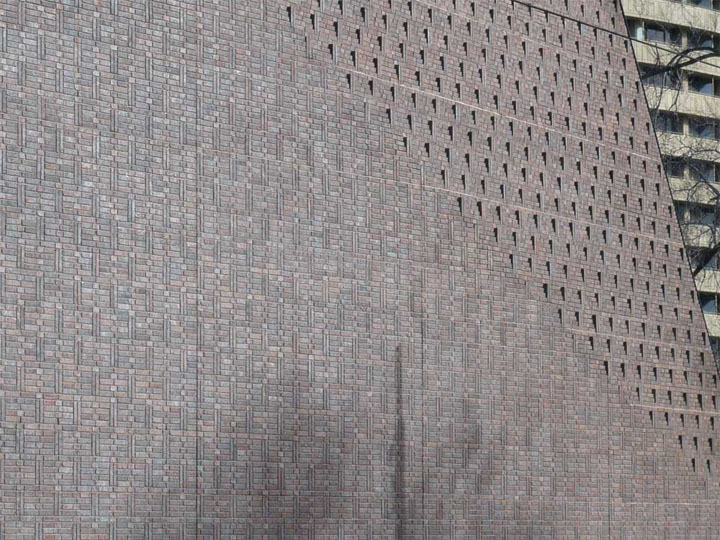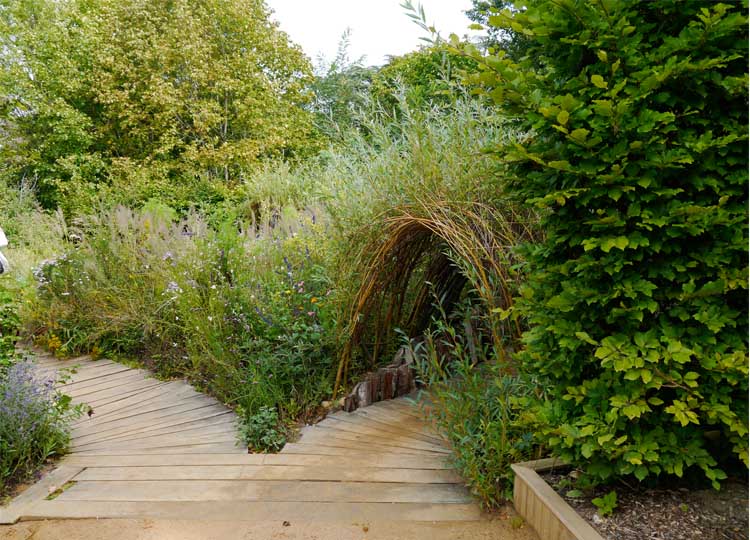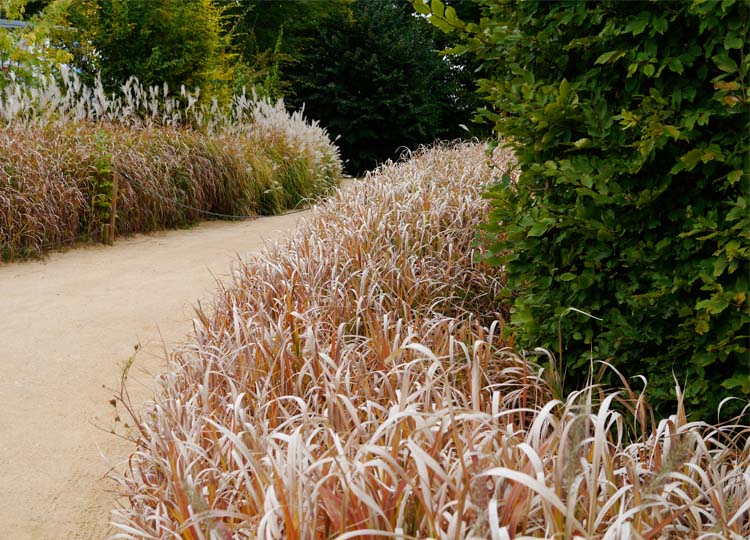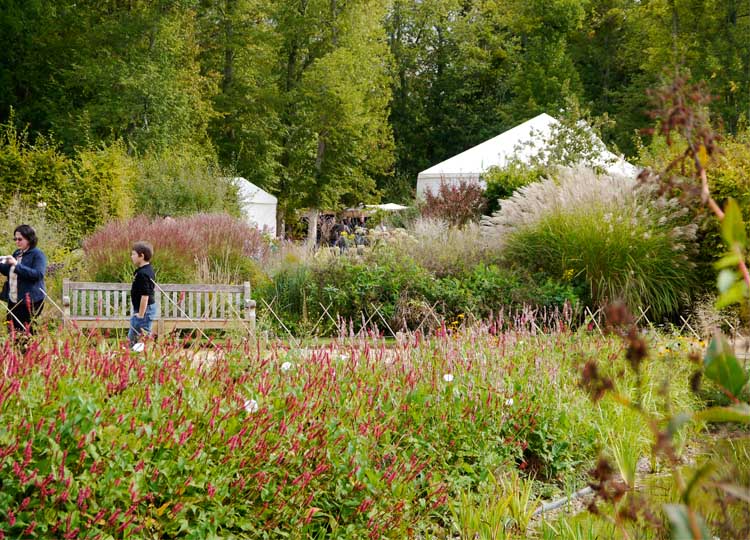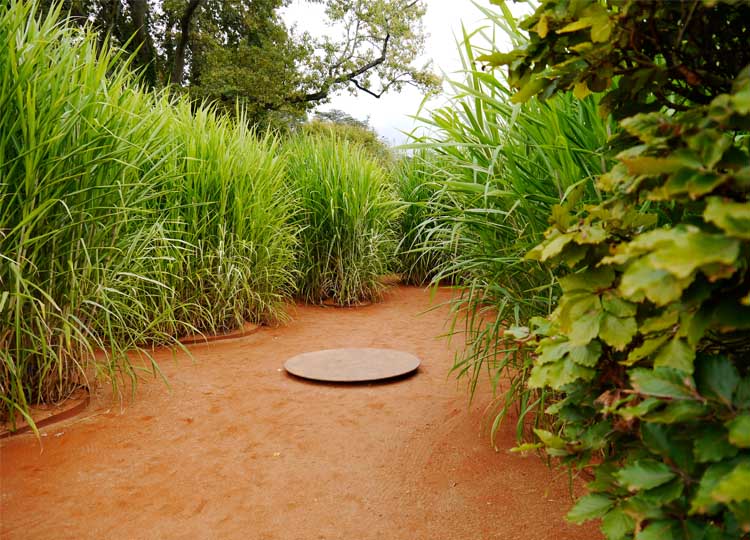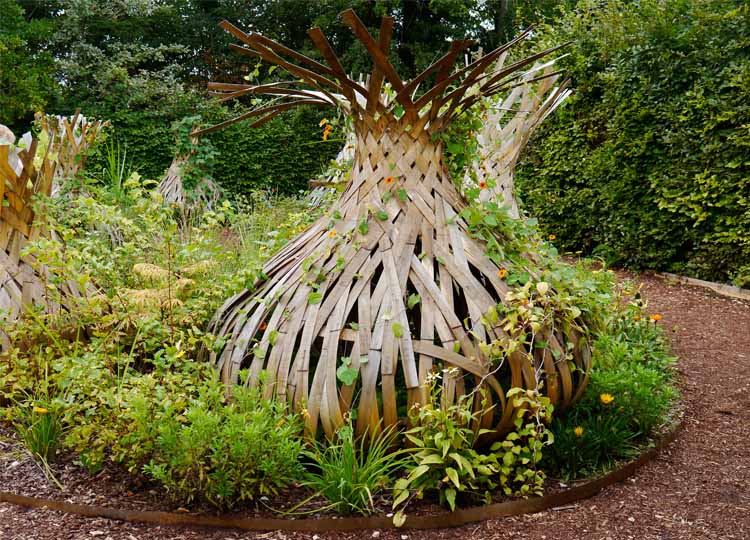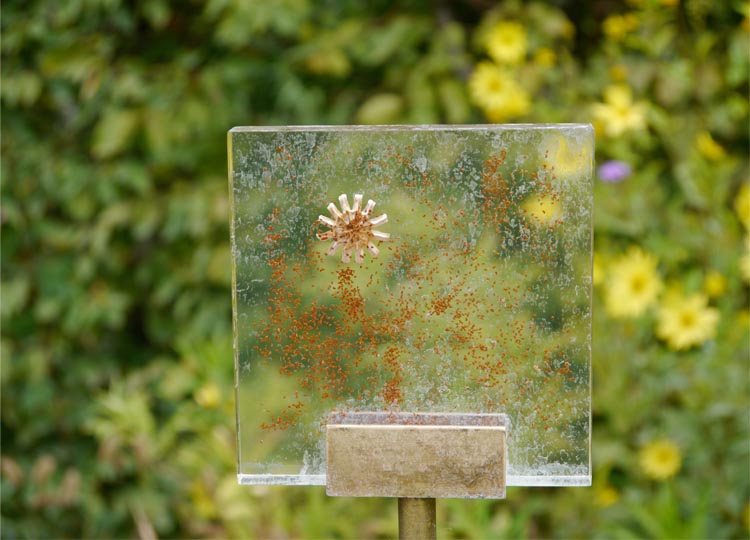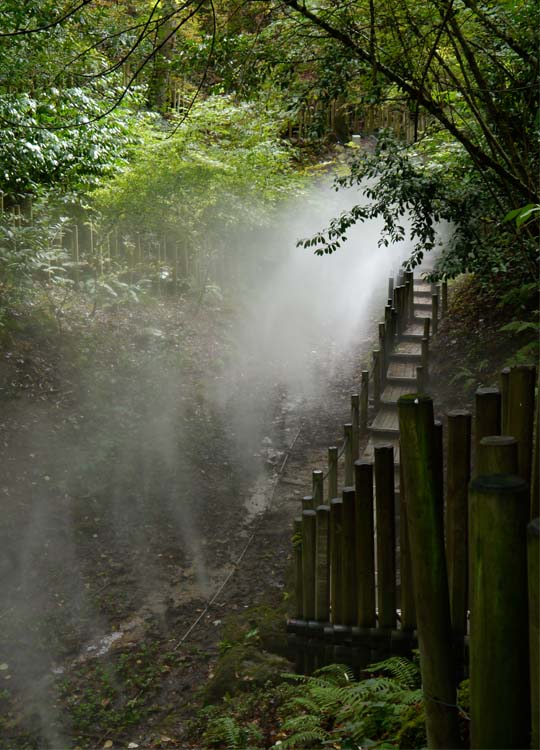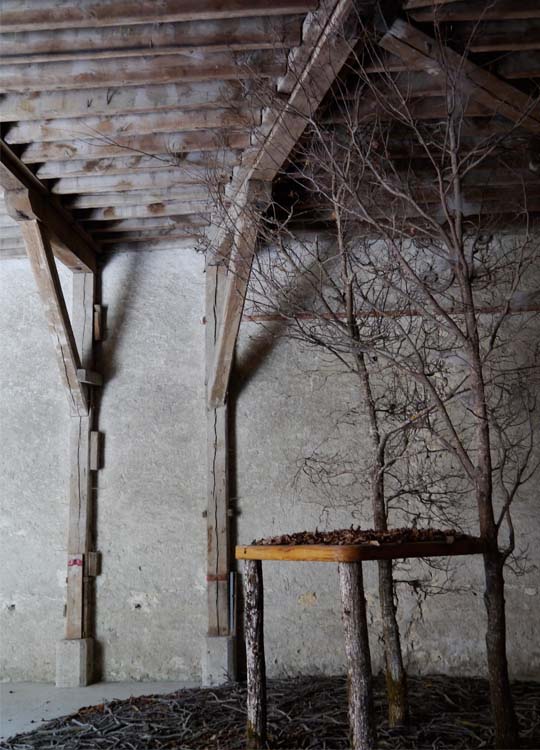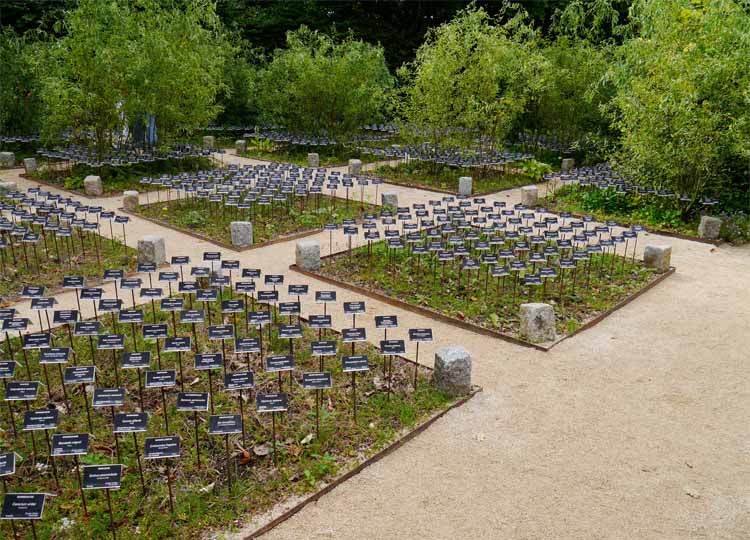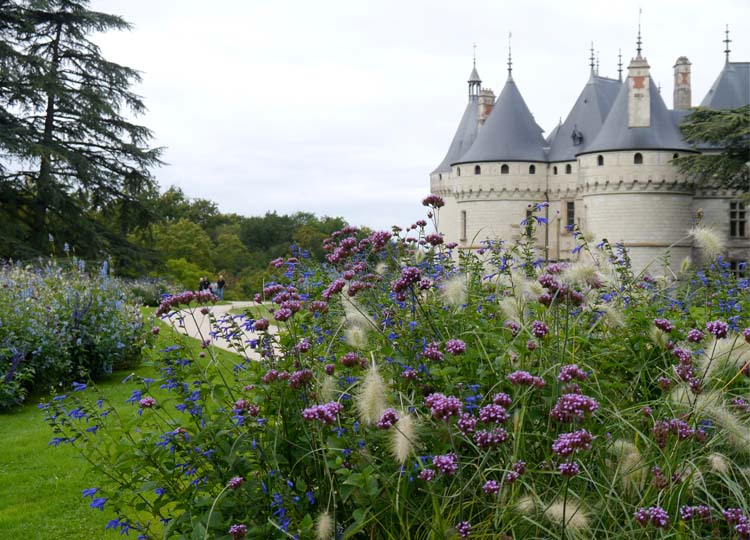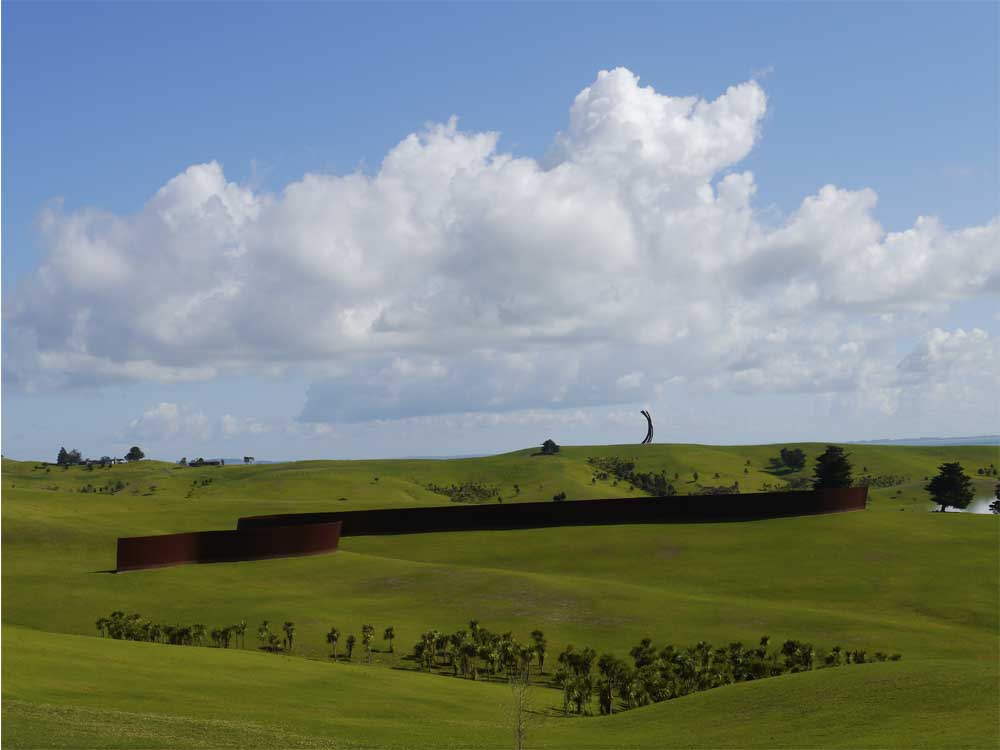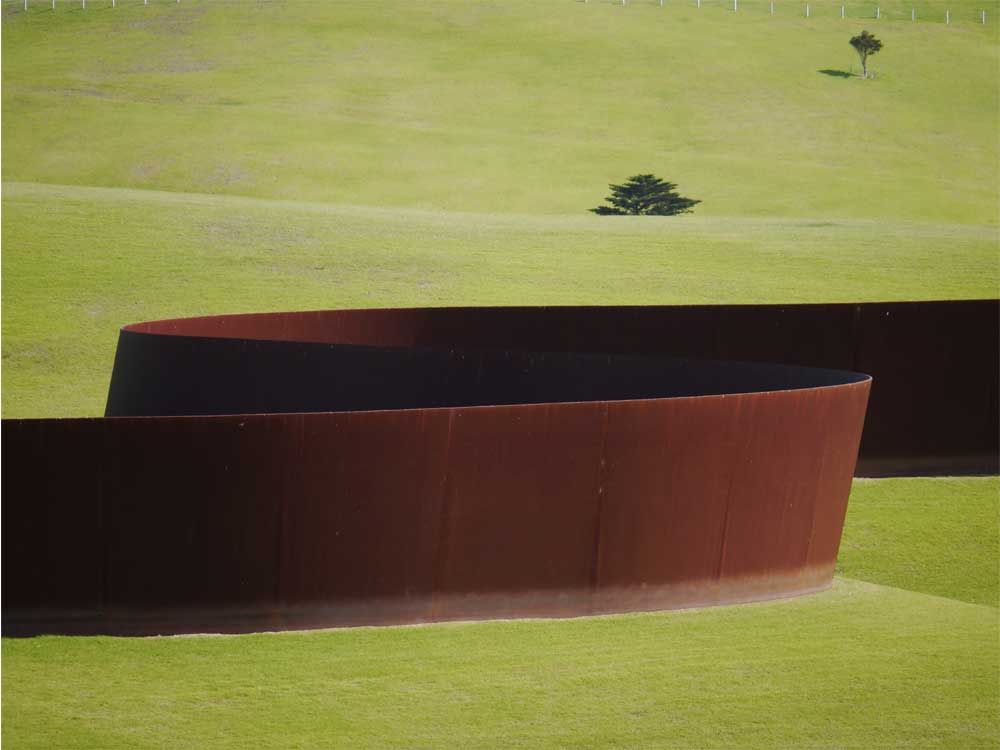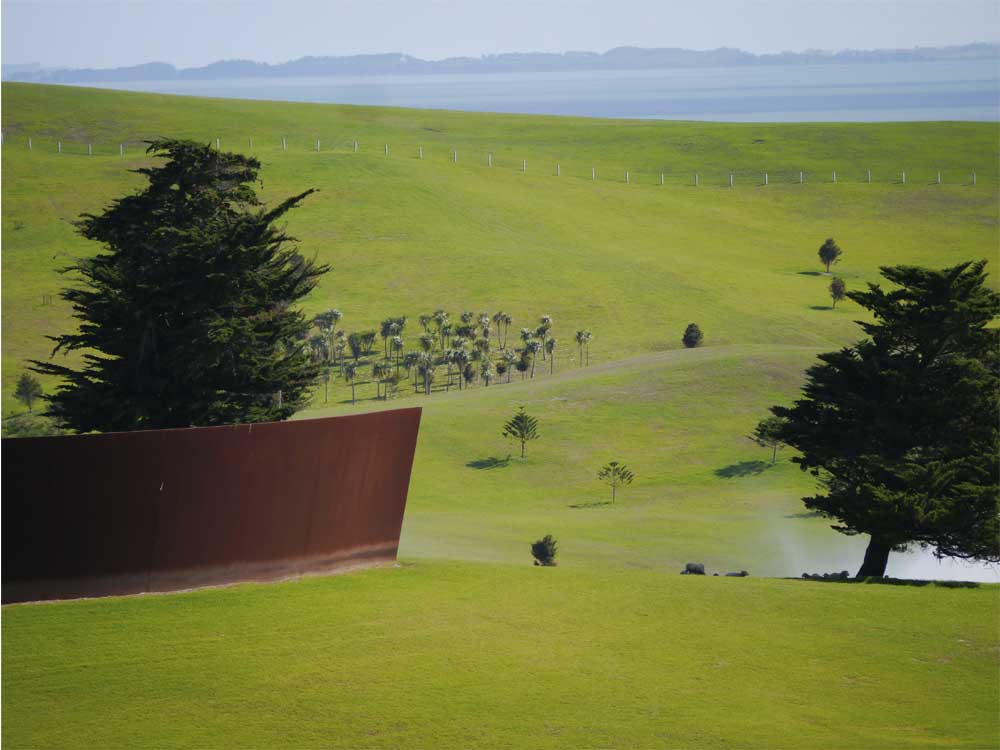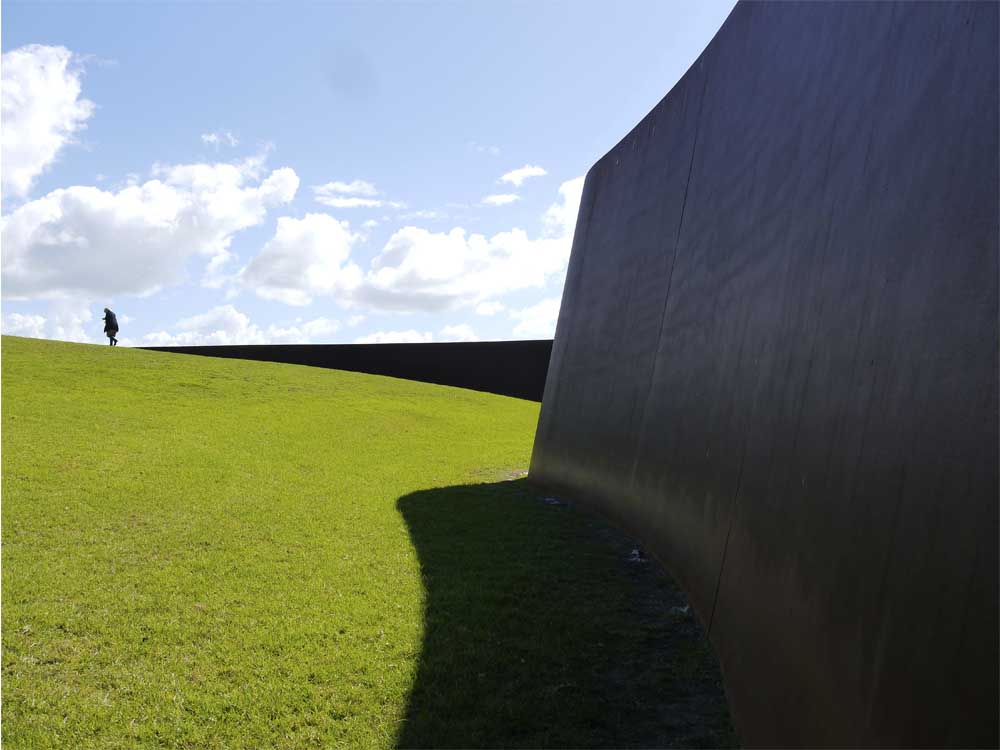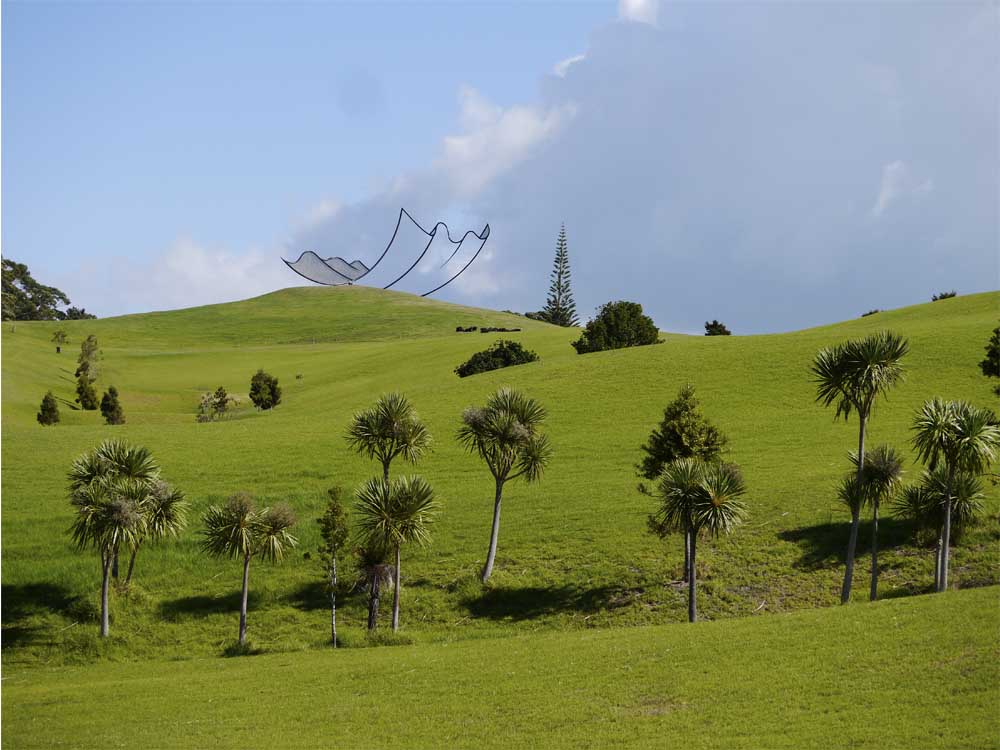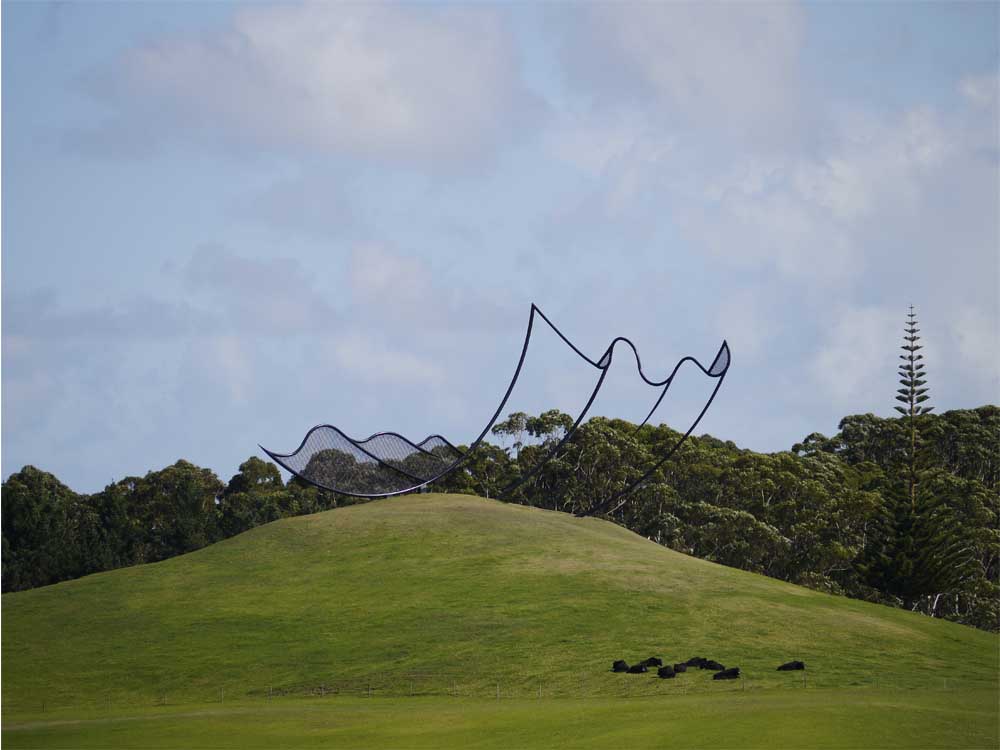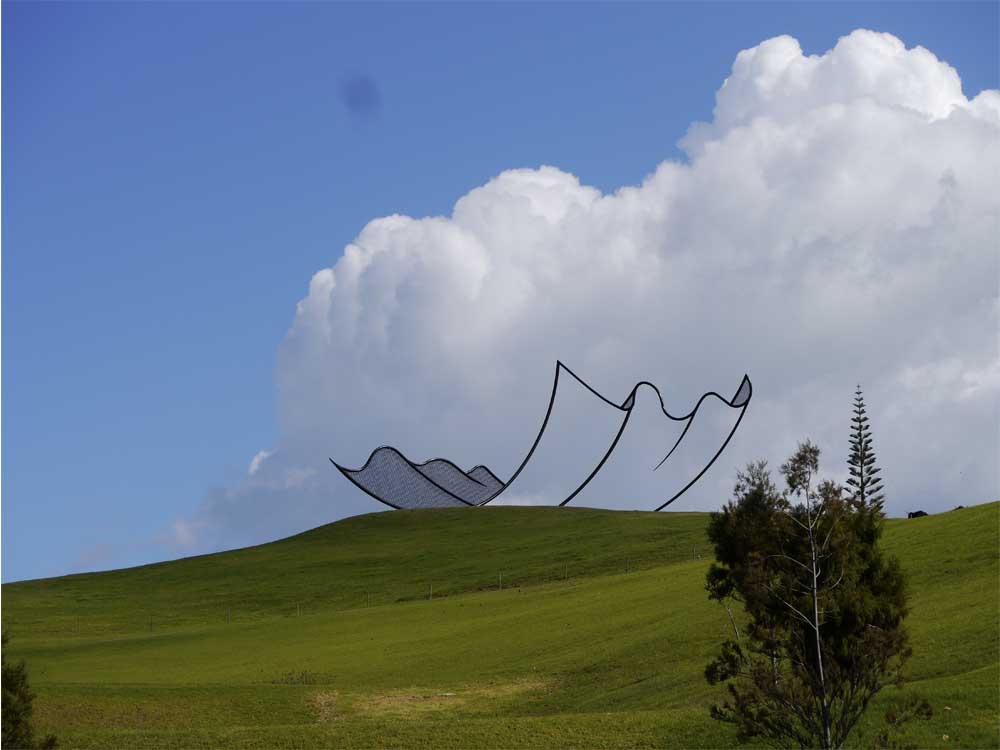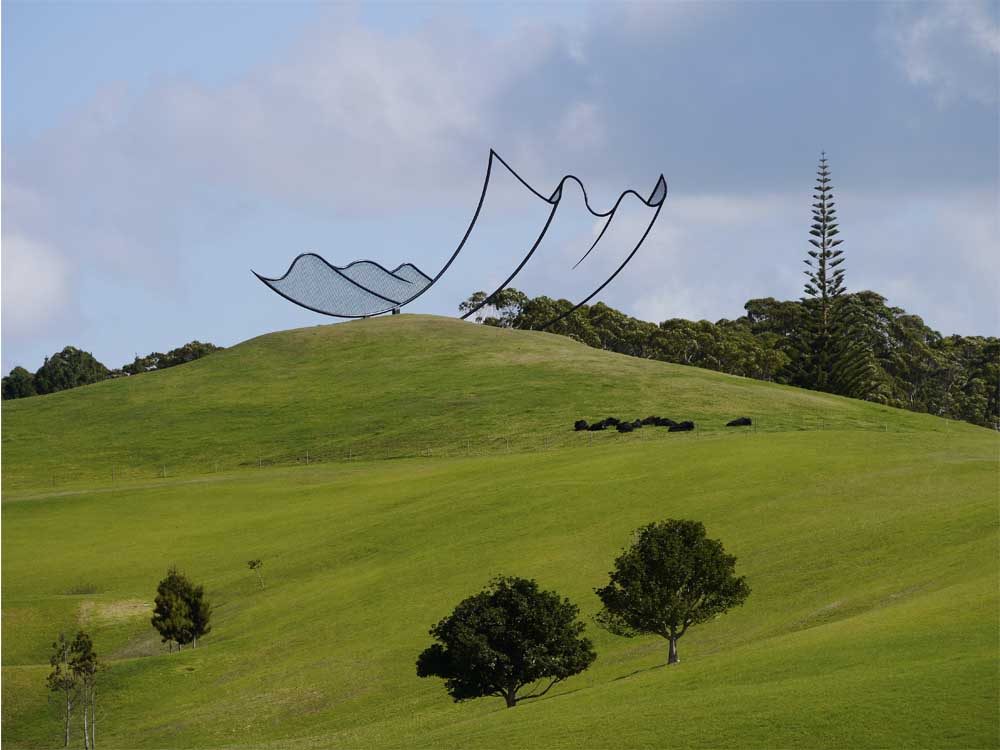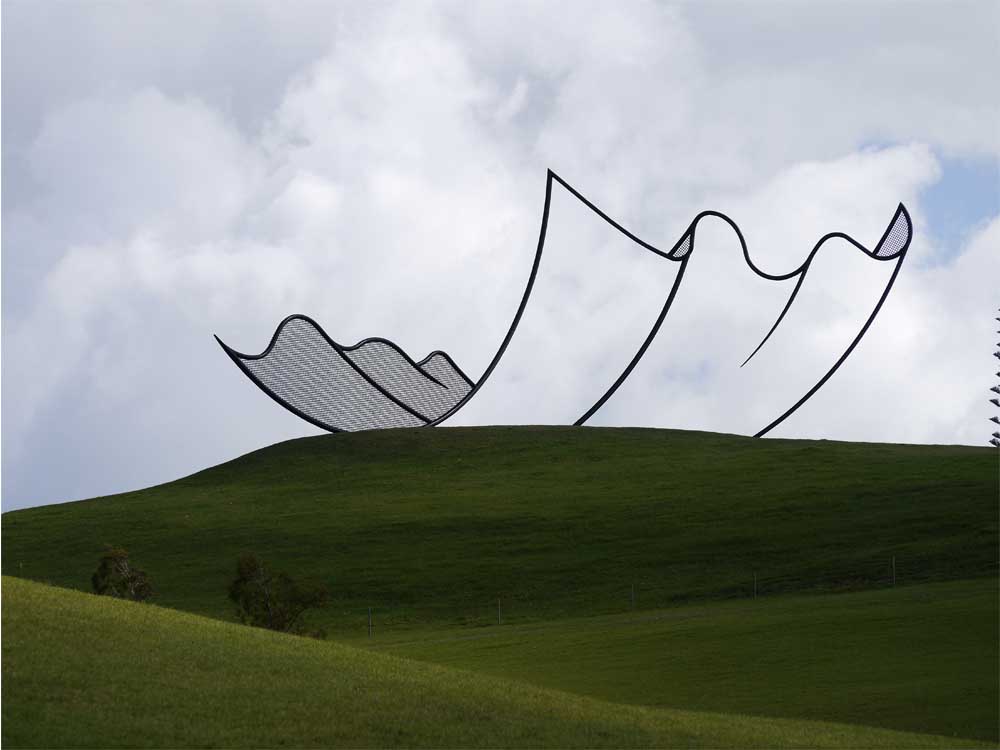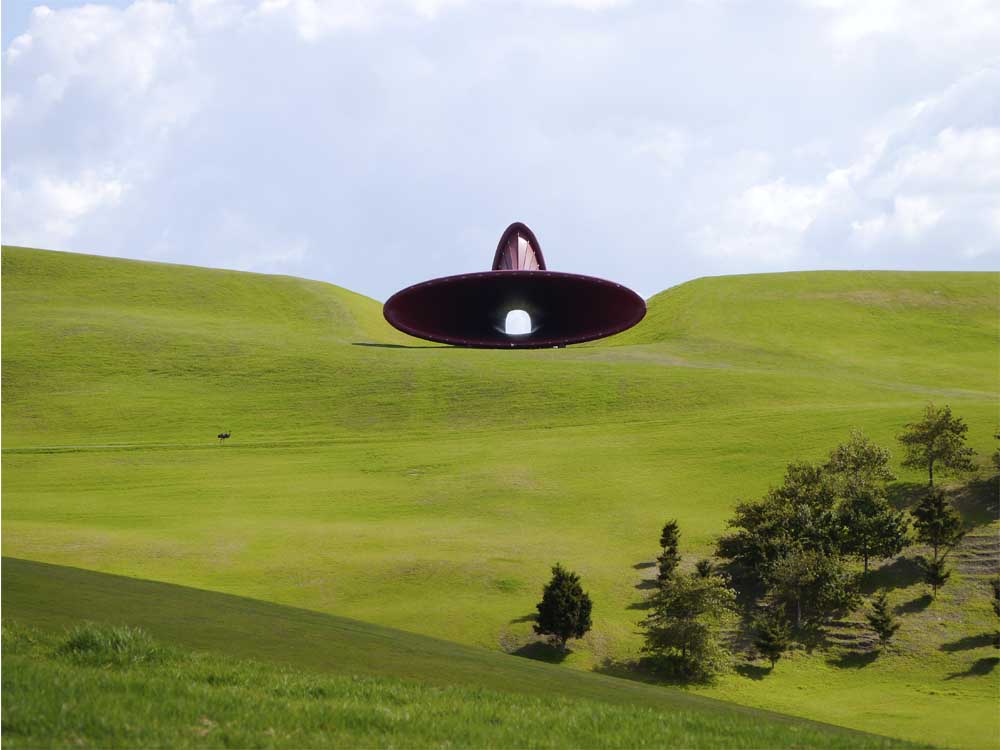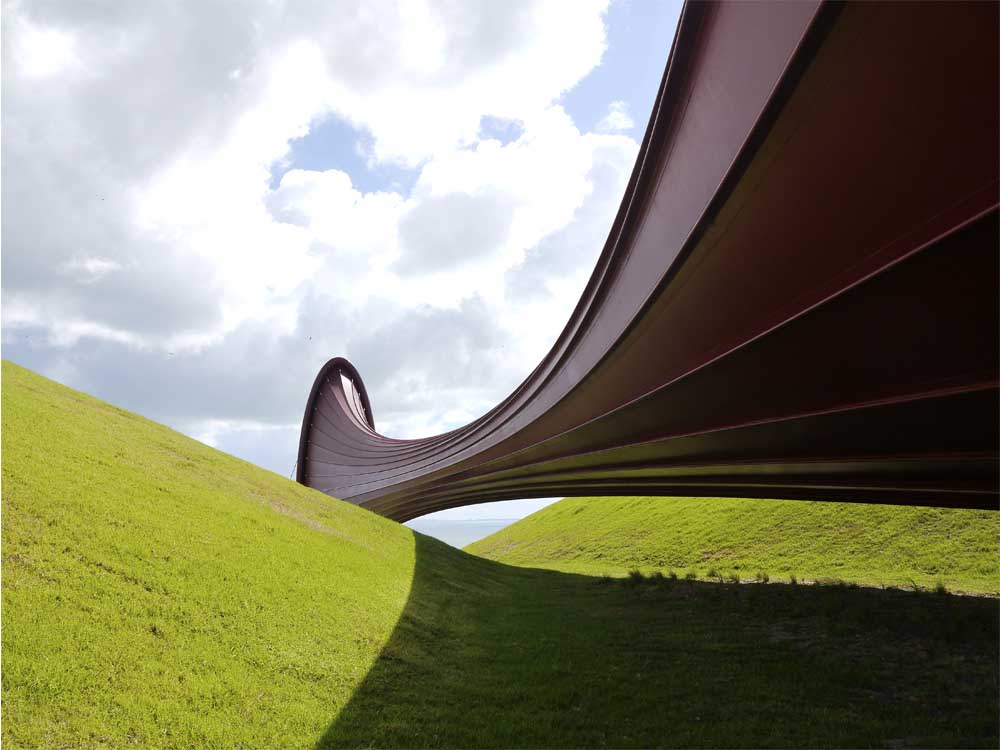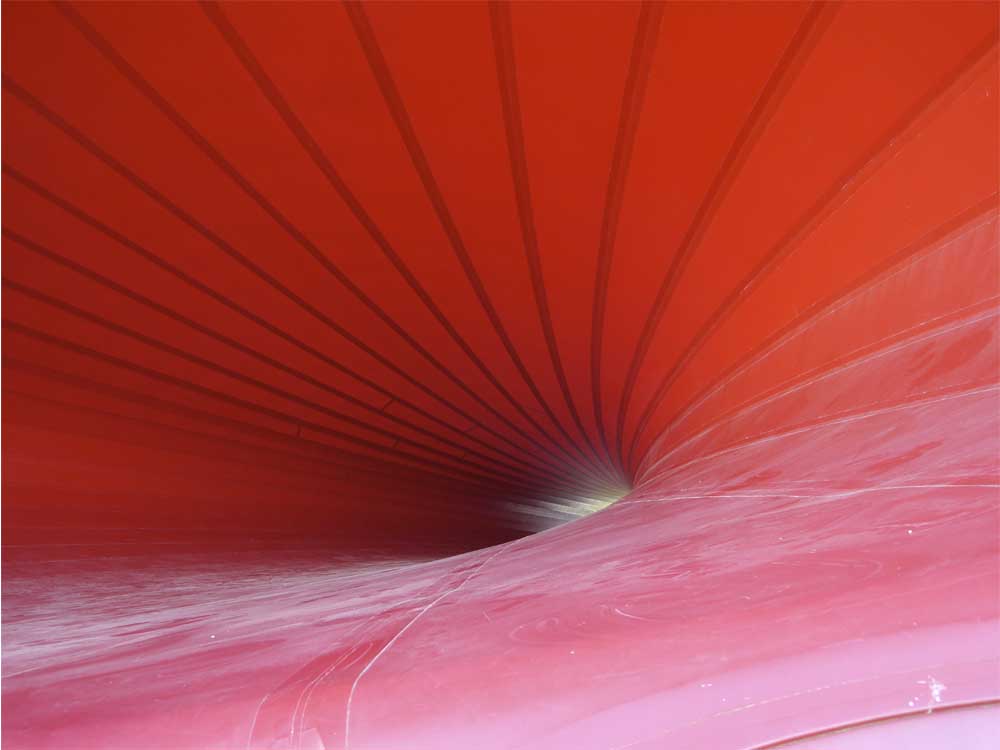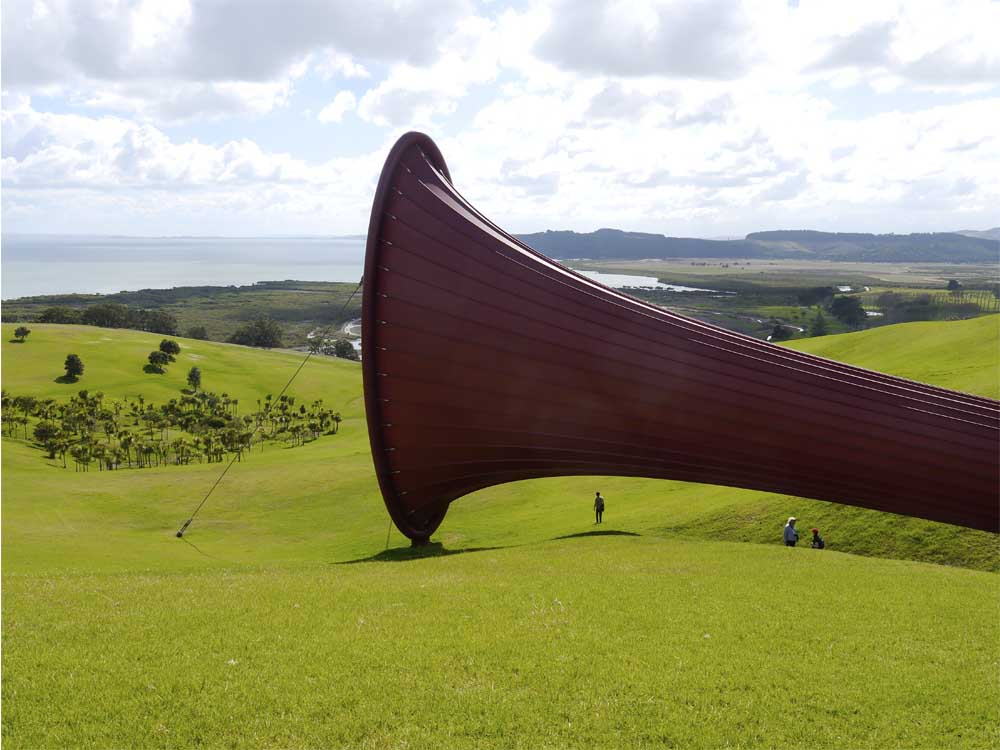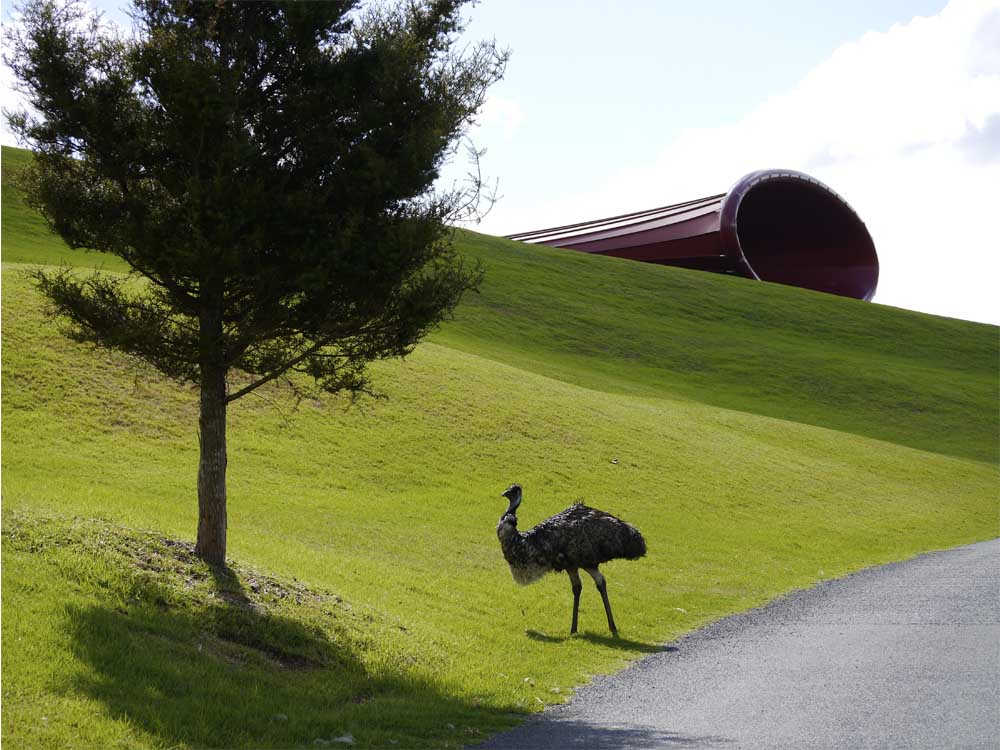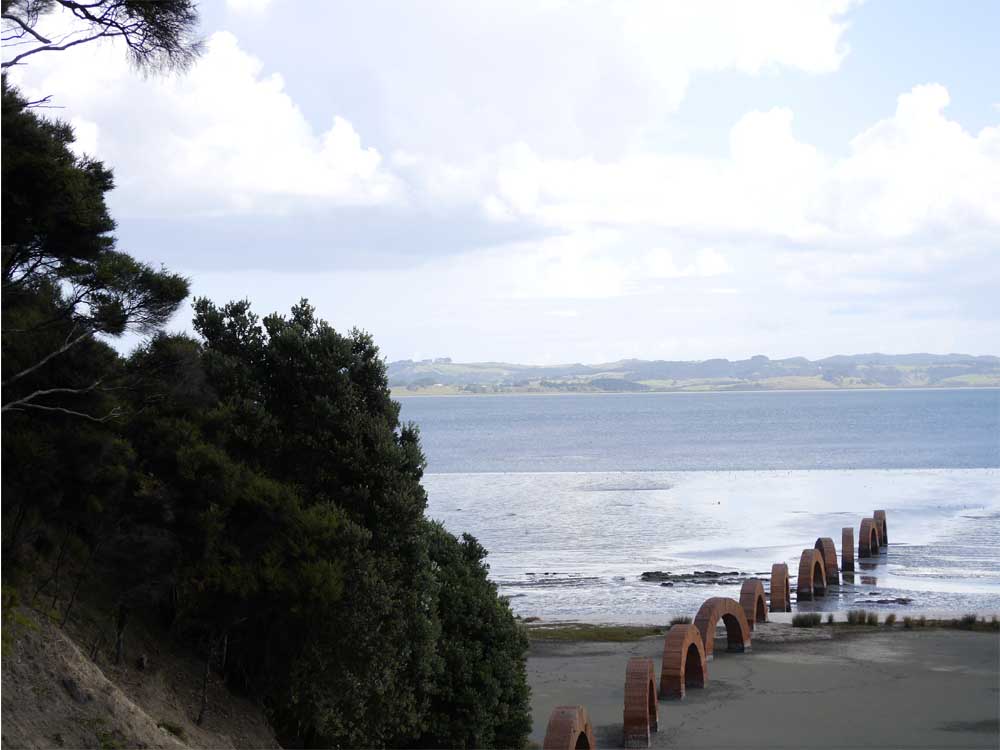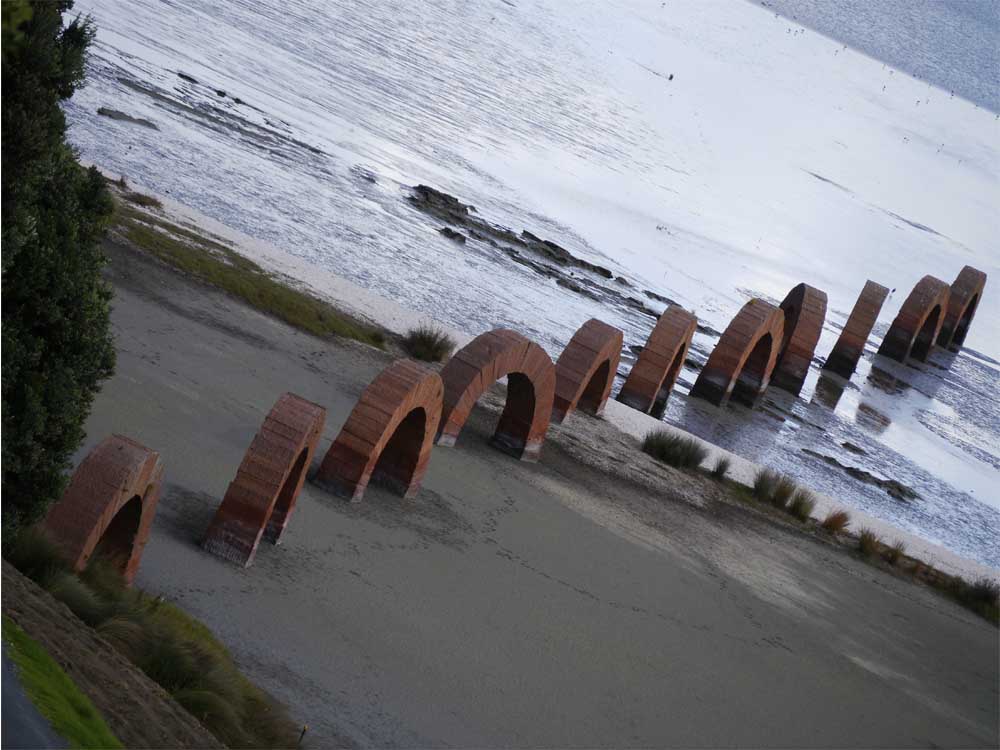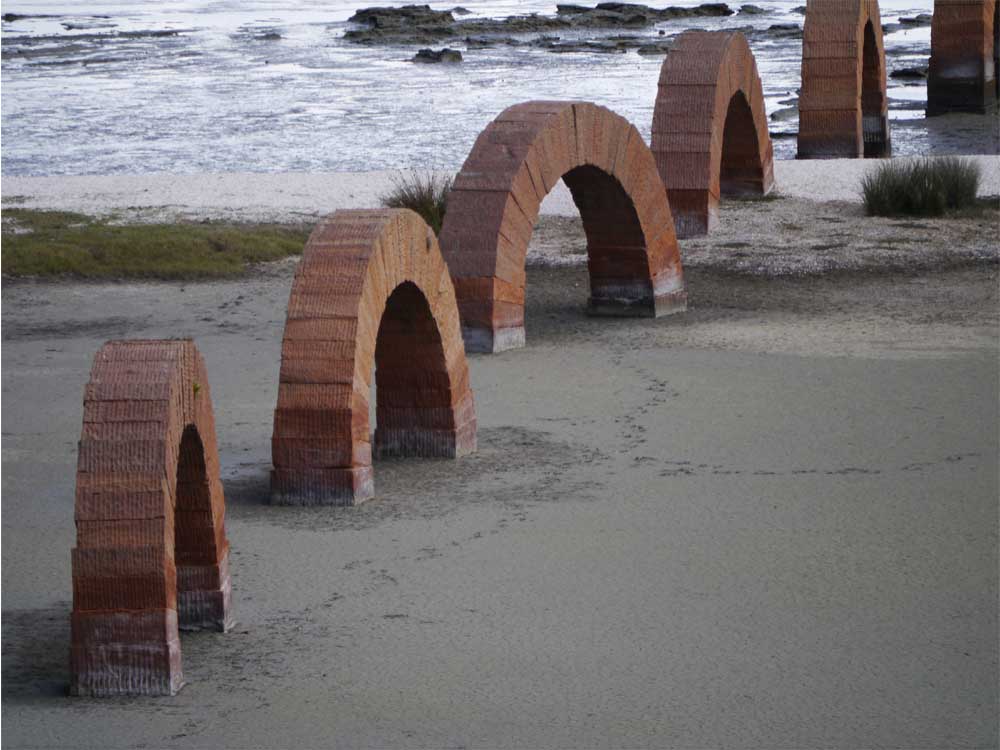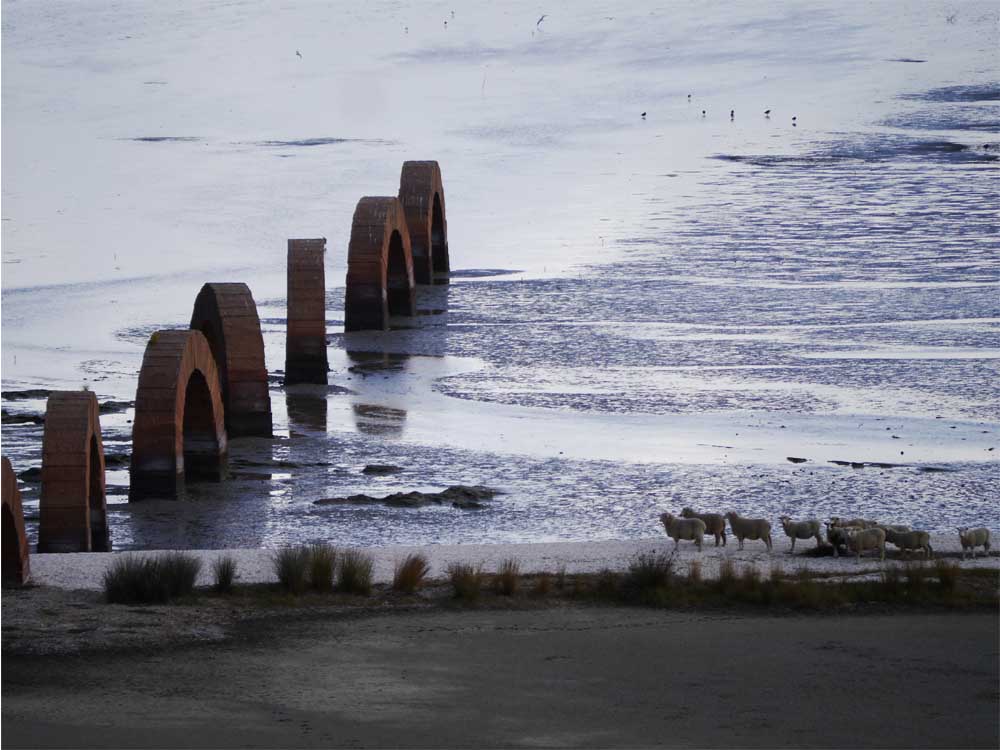You and I are over 50% water, and water covers around 70% of our home planet.
Water is as fundamental to our survival as oxygen, yet we often take it for granted.
Next week I have the honour of giving a presentation to a wonderful group of people who make it their business to think about water.
My audience at the 8th International Water Sensitive Urban Design (WSUD) Conference will include the engineers, designers, scientists and policy makers who are at the cutting edge of thinking about water in our cities: how we get water when it’s dry; protect ourselves from it when it floods; treat and clean it; and how we manage the rivers, lakes and water bodies in our cities.
I’ll be talking about parks as a way of bringing people and water infrastructure together.
I’ve written about parks such as the Newtown Creeek Nature Walk before. The Nature Walk brings visitors bang up against New York’s biggest sewage treatment plant, and one of its most polluted waterways, yet still manages to provide a calm and artful oasis full of inviting moments.
Today we’re heading to the opposite side of the US, to visit Portland’s Water Pollution Control Laboratory.
The Water Pollution Control Laboratory is the red building in the centre of this image, surrounded by extensive gardens. Downtown Portland is on the opposite riverbank in the distance.
Whilst WSUD is still a new concept to many people, this building, and its surrounding water sensitive landscape was established in 1997.
Approaching the Centre, remnants of former structures remain visible.
The building is home to the Portland Bureau of Environmental Services Pollution Prevention Services, which monitors water quality in the surrounding area. Six labs totaling 1,400 m2 provide start-of-the-art facilities for testing and identifying environmental pollutants.
The building itself features many cost-effective, energy efficient elements, including the large roof overhangs...
windows that can be opened
and generous spitters that direct rainwater into the gardens below.
Rocks directly below the spitters absorb the impact of the falling water, which then spreads into the garden beds, irrigating the plants and allowing the removal of waterborne pollutants.
The garden beds form part of a landscape that educates visitors on alternative ways of managing pollutant-laden stormwater runoff. It treats the runoff from 20 hectares of surrounding streets, paths and neighbourhoods, as well as the lab’s carpark.
The 60-car parking area is also water friendly, with runoff being directed towards lushly planted swales. The planting really breaks down the expanse of asphalt – in some areas the cars are all but hidden – and provides space for shade trees.
Adjacent to the carpark are test plots, where different plant species are trialled for use.
The centrepoint of the landscape though, is the 6,000 m2 water garden.
Water runoff enters via a rock lined channel, or flume, which slows it down. When it’s not raining this forms a sculptural element in the landscape. (Flume - what a great word! Flume. Flume Flume. I love it! Ahem...)
The water is then held in a pond, where it can be treated and either held on site, or released along a curving overflow into the river.
Lush aquatic and emergent planting surrounds the pond, and a lookout platform allows you to get right out over the water.
The lookout viewed across the pond...
...and on approach.
From there you’re taken on a journey around the pond, through well established planting that at times screens out views of the pond, the building, and even the St Johns Bridge.
It’s a delightful place to visit, and I imagine a great place to work or to take your afternoon cycle (this is Portland after all!).
The water garden was apparently a controversial element in early days. Even though the site had previously been used for industry, many local residents were concerned they would be getting another problem in their backyard, rather than an asset.
Effective monitoring and adaptation over time has ensured that the water garden functions well. And the initial decision to create a sculptural landscape, that integrated with the building and connected to its riverfront setting, has seen the Water Pollution Control Laboratory and gardens become a well-used, and much-loved landmark in the St Johns neighbourhood.
Now it’s over to you.
What do you think of the Water Pollution Control Laboratory? What element most resonated with you? Was it the simple building details that make it a more comfortable place to work, like opening windows? How about the carpark, full of planting that cools the temperature and, let’s be honest, makes it a helluva lot more attractive that just a baking sea of asphalt? And what about the water garden, with its gorgeous stone walls combining with a serious purpose and function?
I’d love to know – please consider emailing or dropping me a line in the comments below.
Of course if you know anyone who’d enjoy this article, please feel free to share. There will be more from the wonderful world of landscape, architecture and design next week.
The multi-award winning building was designed by Miller Hull.
The landscape, also multi-award winning, was designed by Murase Associates.
The sculpture 'Raindrop', is by artist Don Merkt.
All images © Amalie Wright and Richard Buchanan.
Read more about this and other co-location parks in Future Park: imagining tomorrow's urban parks.



























